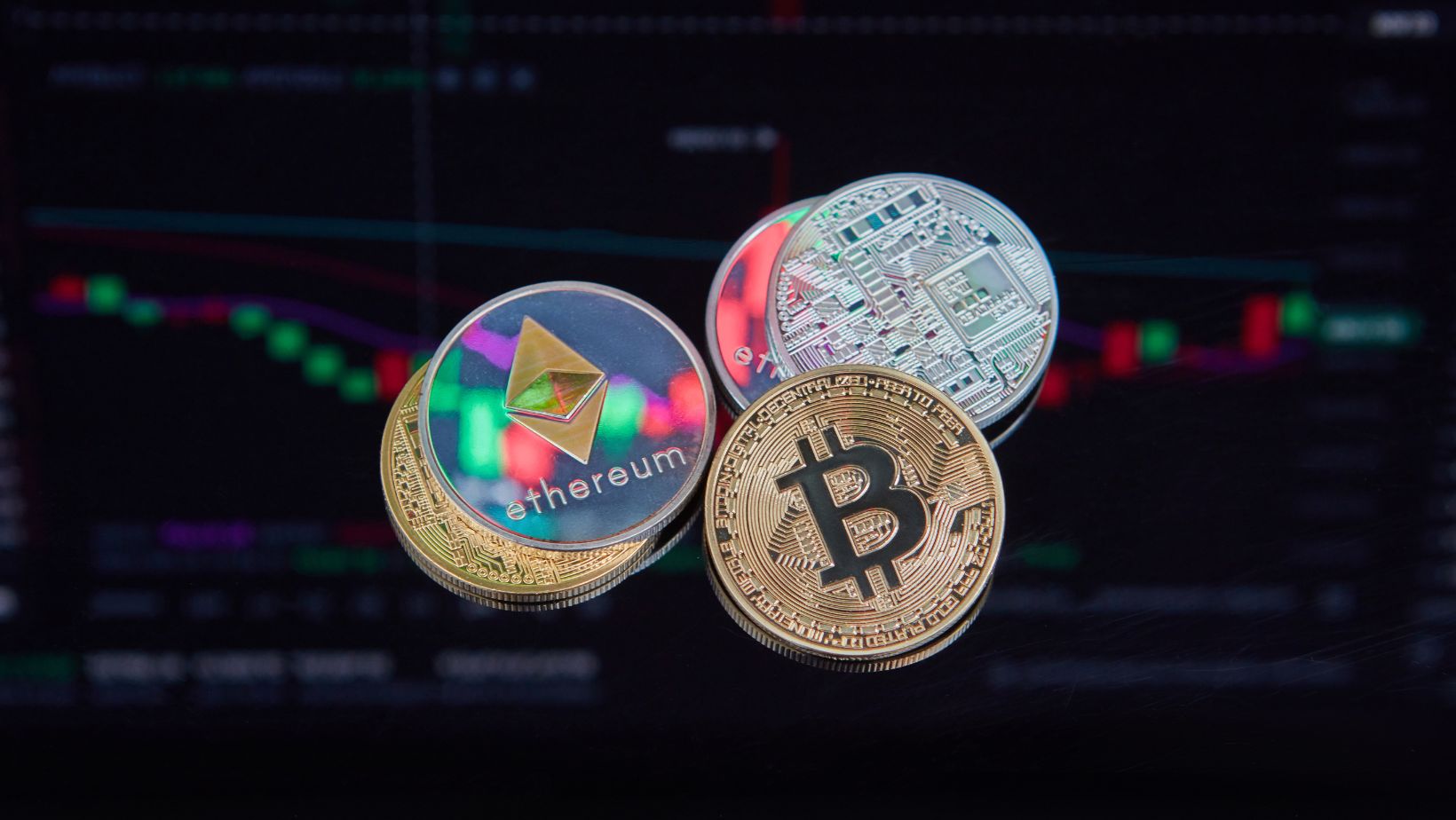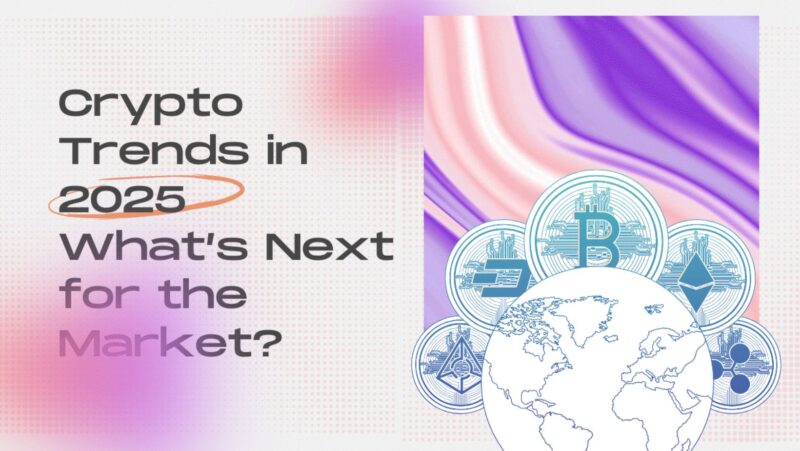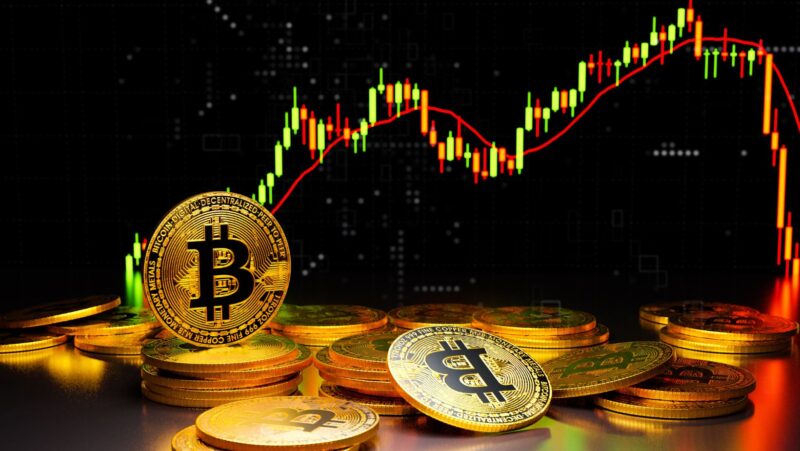
Finding out if a decentralized exchange is trustworthy can make a big difference for anyone using crypto. A trustworthy decentralized exchange lets users keep control of their own assets and has open, secure systems that protect users from risks. The right choice can give users peace of mind when trading digital currencies.
People interested in using a defi platform should look for features like transparent smart contracts, strong community reviews, and open development practices. When a platform, such as a trusted defi platform, is built for trading in a secure ecosystem, users can better protect their funds and information.
Many want to know who is behind a platform or how decisions get made. Users benefit by choosing platforms where code is public and the team or governance is visible. Looking at these details can help people avoid hidden dangers and become more confident in their trading choices.
Key Indicators Of A Trustworthy Decentralized Exchange
Trust depends on visible systems, proven safety measures, and clear links to real users. Several factors make it easier to know if a platform can be used with confidence.
Transparent Smart Contract Code
A trustworthy decentralized exchange publishes its smart contract code for public viewing. This lets users and experts check for errors or risks. Code that is open to the public also makes it harder for the team to hide problems or add harmful changes.
Another sign to look for is if community developers or respected third parties have reviewed the code. Public discussion about the code’s quality is a good sign. Detailed documentation helps people understand how the smart contracts work.
Transparency in how trades are settled and how funds move is also important. Platforms that allow anyone to track transactions are less likely to conceal problems.
Reputable Security Audits
Security audits by outside firms help confirm the exchange’s safety. These audits test smart contracts for bugs, backdoors, and possible ways hackers could steal funds. Public reports of these audits let users read what was found and how risks were fixed.
A trustworthy exchange usually publishes more than one audit or continues to update its smart contracts after every major change. This steady attention to audits shows responsibility to users.
Look for platforms that highlight completed audits and show audit history, not just claims that they are “safe.” Regular audits and bug bounty programs are a positive sign.
Decentralized Governance And Community Involvement
In a trustworthy decentralized exchange, the community can take part in big decisions. This means token holders or users can vote on changes, propose upgrades, or guide new rules. Decisions are open rather than made by one group in private.
Frequent voting and clear records of past decisions point to a fair system. Community forums and social media channels where team members talk openly with users show active participation.
A strong community also helps risk detection. When many people watch over updates and policy changes, mistakes or bad actors are noticed quickly. Users should check if the exchange values feedback and make it easy for anyone to join discussions.
Consistent Trading Volume And Liquidity
Steady, high trading volume is a sign that lots of people use the platform. Low volume or very uneven activity may signal problems with trust or security, or that the platform is not widely accepted.
Liquidity means it is easy to buy or sell assets without affecting prices too much. High liquidity suggests that there are enough buyers and sellers, which can protect users from wild price swings and slow trade execution.
Charts and public statistics on volume and liquidity are another way users can check an exchange’s health. A trustworthy exchange will provide this data openly, making it easier for everyone to judge if the platform meets their needs.
Additional Factors In Assessing DEX Reliability
Good support, strong community feedback, and public access to code give important clues about how a decentralized exchange operates. Looking at these practical details can help traders make smart choices.
Responsive Support And Communication Channels
Direct help channels, such as live chat or community forums, help users get quick answers when problems arise. Fast, helpful responses often mean the platform takes its users seriously. Active communication also makes it less likely that important updates or risks get missed.
A support section with clear guides, active moderators, or regular updates lets users navigate issues like stuck transactions or questions about platform features. Platforms that respond through multiple channels—such as email, social media, or help desks—show that they care about keeping users informed and safe.
Look for:
- Live chat or ticketing systems
- Clear email or contact options
- Timely public responses to user questions
Positive User Reviews And Reputation
Public feedback can reveal common issues or hidden strengths that may not be obvious at first glance. User reviews and independent discussion forums are a useful way to gauge public satisfaction. Patterns of unresolved complaints or accusations of wrongdoing should be viewed as red flags.
Positive experiences around withdrawals, customer support, and ease of trading often lead to higher trust in a platform. On the other hand, repeated problems, such as frozen assets or ignored requests, might mean the platform struggles to handle user needs.
Factors to consider:
- Consistent praise or complaints
- Common themes in reviews
- Public warnings or endorsements
Open-Source Development Practices
When a decentralized exchange shares its code publicly, it allows anyone to review, test, and discuss it. This leads to greater transparency, as outside developers can spot errors or risks before they turn into big problems. Platforms that make frequent code updates and respond to community findings build stronger trust.
A public code repository shows regular work by developers, and community members may even suggest fixes or features. Exchanges that welcome bug reports from outside users show they want a safer and more trustworthy environment for everyone.
Key points:
- Publicly accessible code repository
- History of updates or fixes
- Open invitations for code review and suggestions
Conclusion
Decentralized exchanges let users trade without giving up control of their assets. When deciding if one is trustworthy, people should look for open-source code, strong user reviews, and clear trading data.
Safety measures, active development, and regular updates add to trust. It’s smart to compare features and pay attention to security practices that help keep funds protected.
A mix of transparency, security, and user control helps users feel more confident using these platforms.













